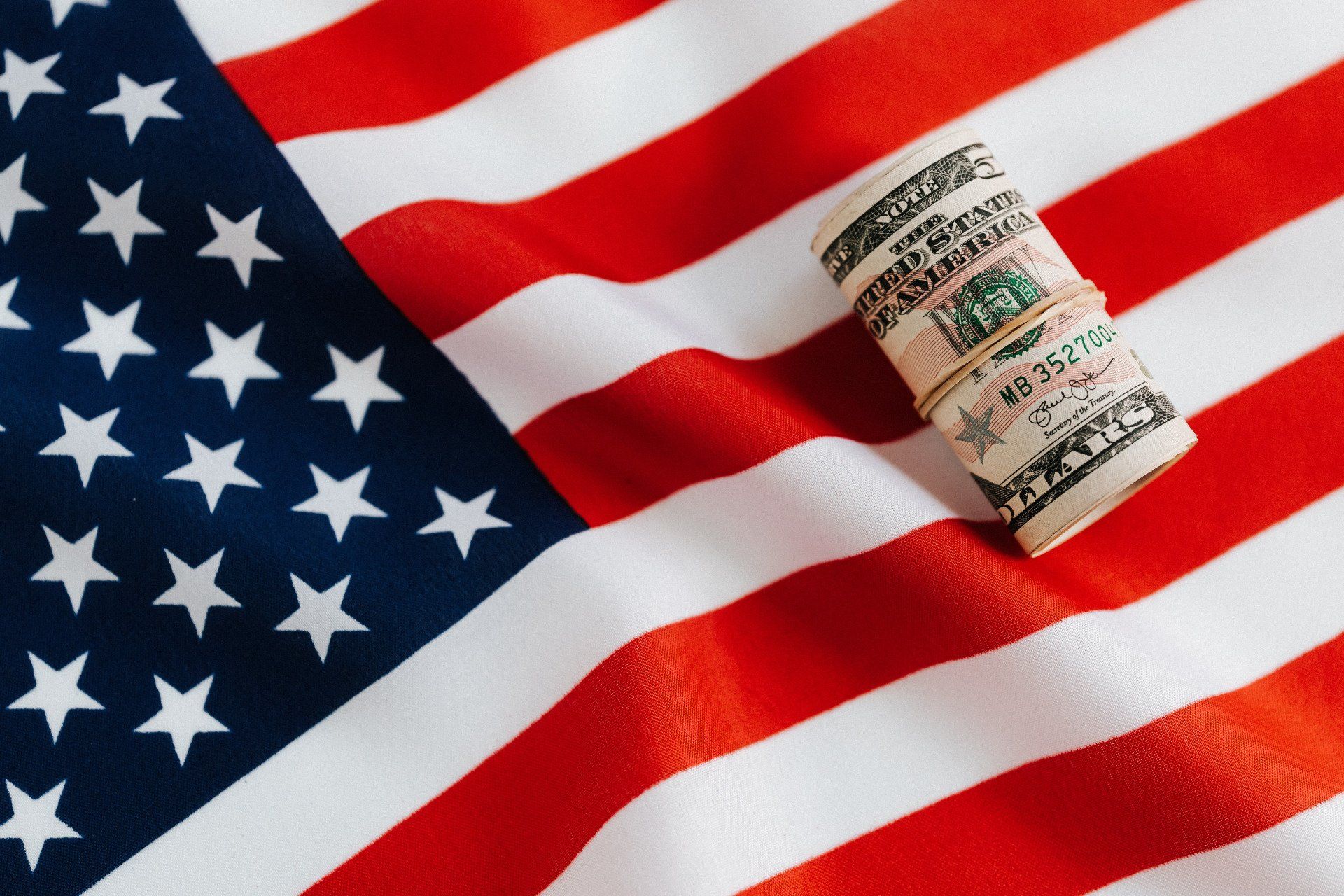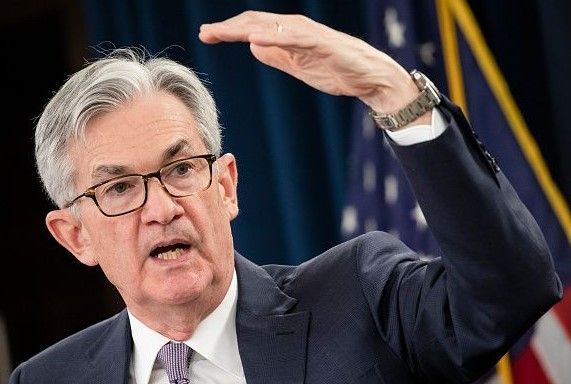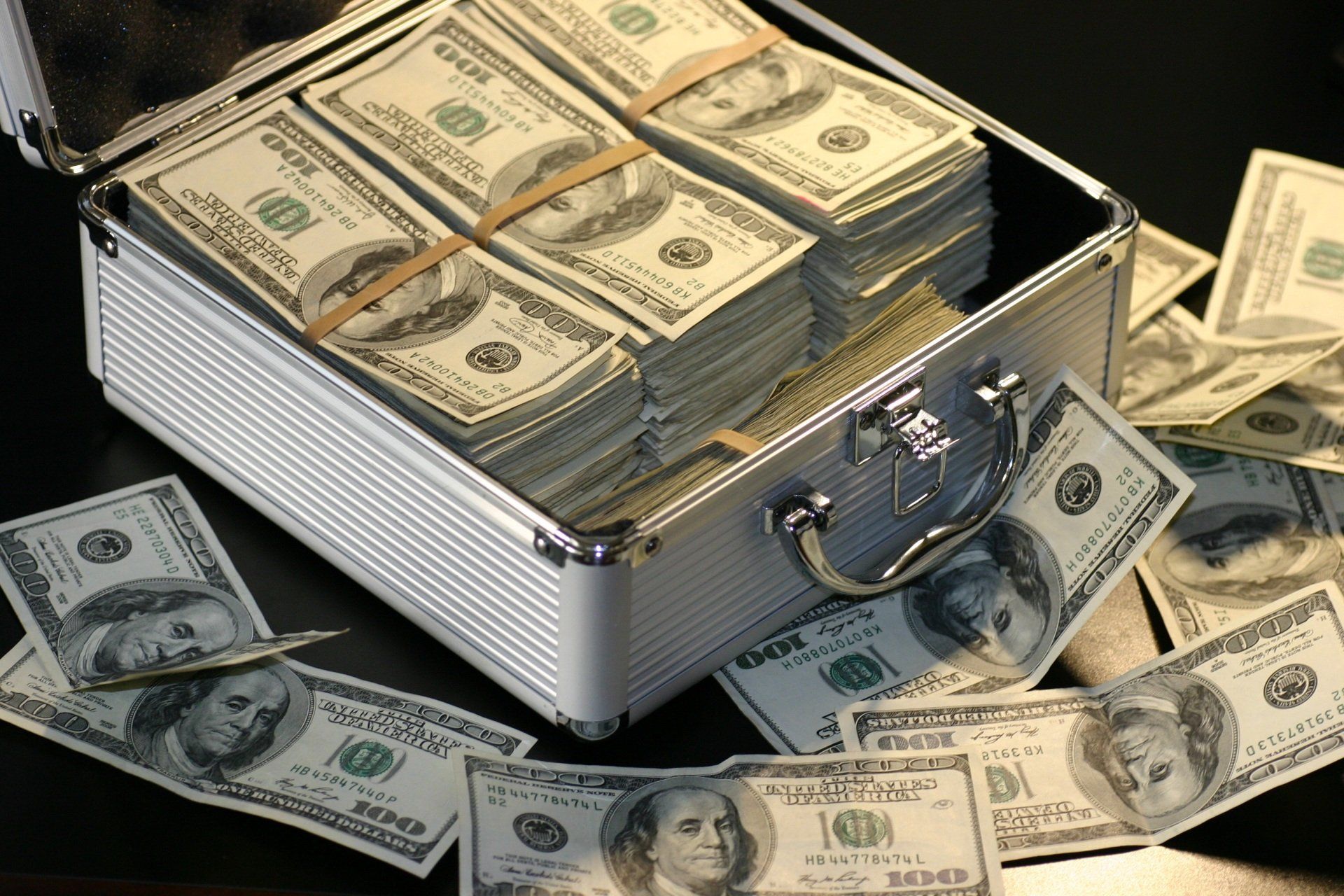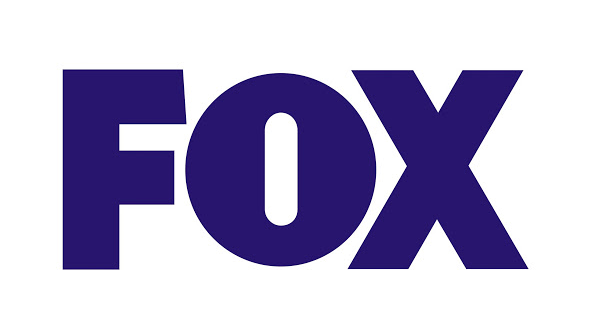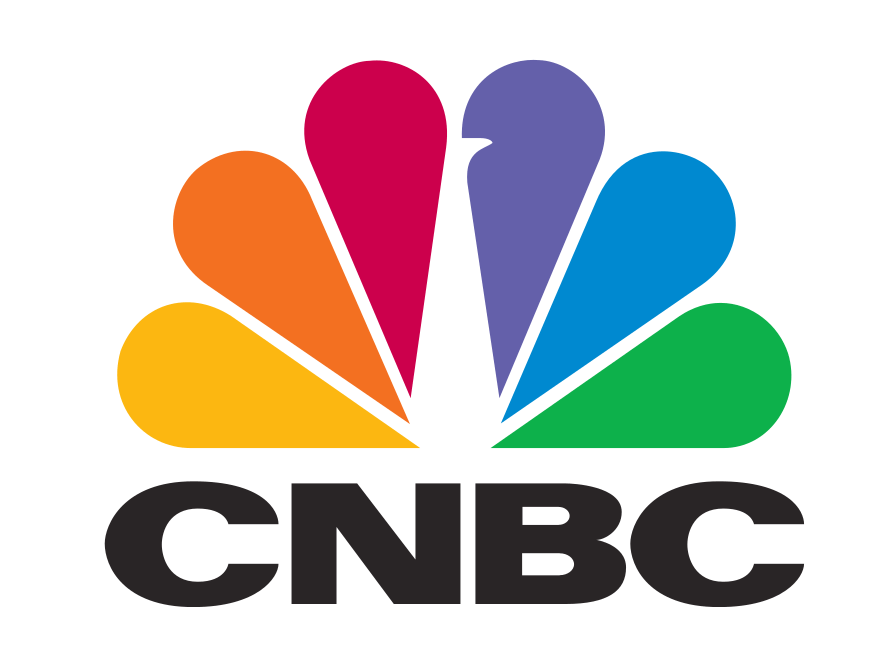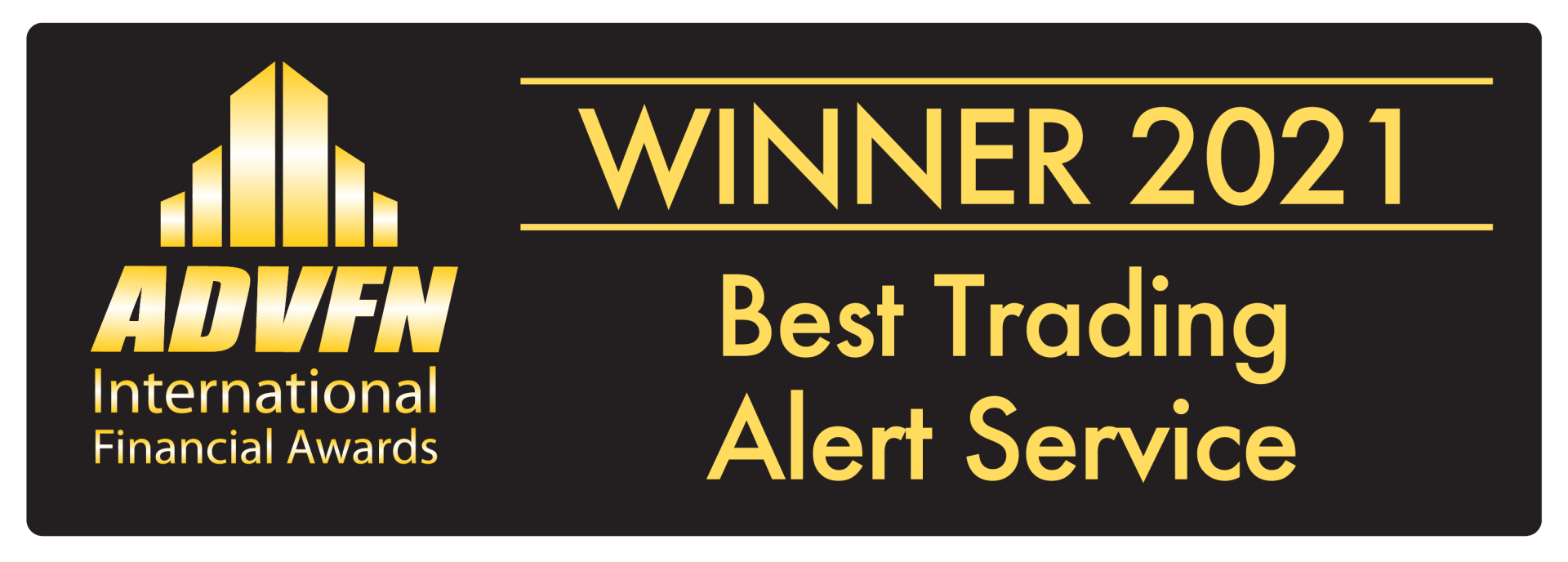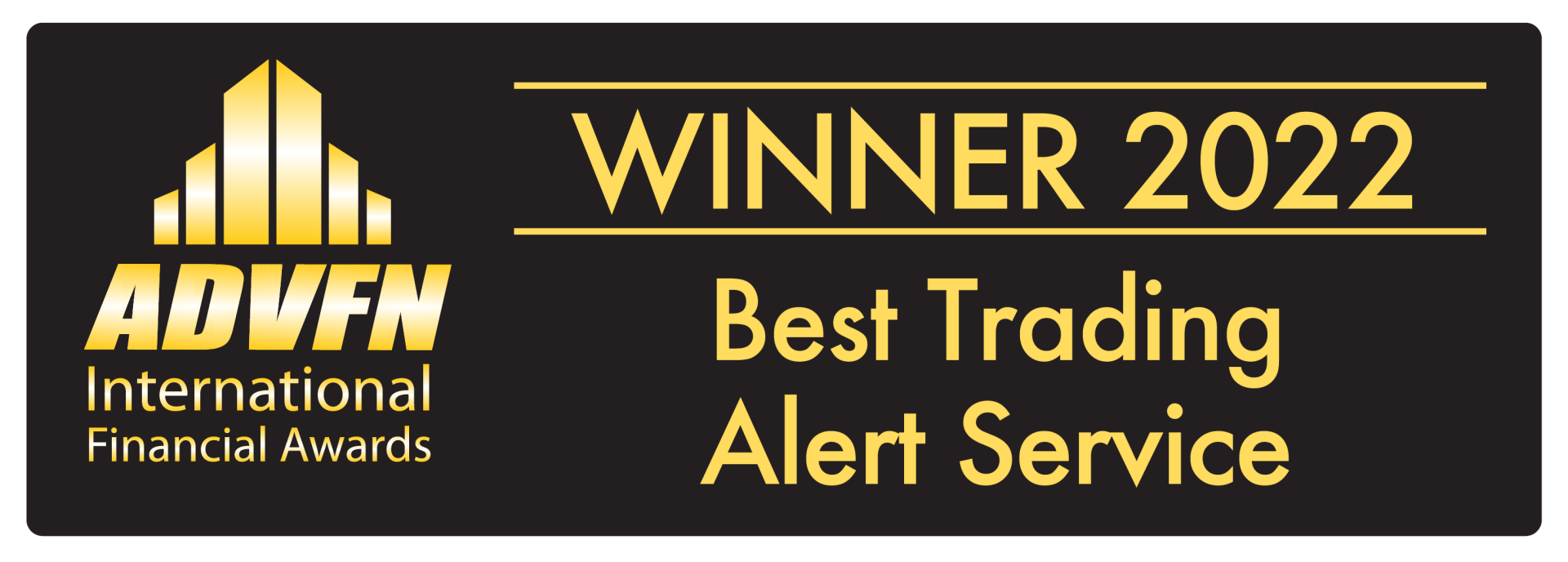Risk and Reward
Most Traders and Investors should be familiar with the risk reward trade off. The more risk you take, the more potential reward has to be on the table. This follows because basic probability says that higher risk decisions are less likely to pay off, so you need a bigger payoff when they do.
It follows that less risky investments will give you lower rewards. Which is why you can feel confident about your money being safe in a bank but you will get a relatively low rate of interest.
So where do individuals, companies, banks and shadow banks invest their money? Well it depends on what the economy is doing!
The Era of Cheap Money
When interest rates are low money is cheap: it costs less to borrow money. So the amount of borrowing increases, which enables companies to make investments with the money they have borrowed. Companies will typically invest in new facilities, research and development, more staff etc. Basically all things that can grow the value of the company by increasing both revenue and profit. Individuals will also take advantage of low interest rates as well and invest in new property, savings and other financial investments, renovating property and also splash out on luxuries like new cars, vacations etc.
But low interest rates means low returns so if you want to invest you need to look at higher risk investments. If you're a money manager or an individual this includes stocks (those companies that are investing to grow), bonds, ETFs, gold, silver and even other asset classes like crypto and NFTs (note there is a difference between speculating and investing).
High Risk, High Reward
The problem is most people are inherently greedy (I'm sorry but it's true). So once they can get a certain level of return they want to know how to get more. If they're getting a 2% return how do they get 4%, if they're getting 4% how do they get 6%? etc. etc. And because a lot of investing is managed by big banks and shadow banks it has become a machine. The machine always wants to get a higher return and part of what the machine does is create products (often derivatives) that can give a higher return albeit for a higher level of risk.
Companies sell debt (also called bonds) to raise money which is basically a loan that they are agreeing to pay back at a predefined interest rate. Each company is rated on its ability to pay back its debt and these ratings go from junk to AAA+. AAA+ is the highest rated, therefore deemed the most secure and will have a certain interest level. Junk bonds are the lowest rated, deemed the least secure and therefore have a higher level of interest.
High Risk, No Reward
After the 2008 Banking Crisis a new level of debt was introduced for banks, the so call AT1 or Additional Tier 1 debt. This was considered the riskiest kind of bank debt because it was designed to be something that could fail if a bank was in trouble i.e. it wouldn't get paid back. So in order to sell it, the banks had to give it a high interest rate to make it attractive to investors.
But remember that phrase "your investment can go up as well as down and you could potentially lose all of your investment", well that just happened at Credit Suisse. In the recent Banking Crisis the AT1 bondholders lost all of their money as those assets were wiped out as part of the takeover by UBS.
It's a timely reminder that all investments come with risk. When economic indicators are moving up and the economy is bouyant we tend to forget that. So this is a useful reminder.
As Warren Buffet famously said "you only see who has been swimming naked when the tide goes out".
The current volatility in markets is giving some great Trading opportunities. Inteligex can help you Learn to Trade the right way. Our class leading Trade Signals and Indicators can boost your consistency and returns. Book your FREE Personal Consultation below to find out more. It's over highly accurate and even tells you where to put your stops and targets.
To see how you could become a winning trader, book your FREE Personal Consultation.
USEFUL LINKS: The end of Cheap Money, What is Artificial Intelligence, Tech Stock Rebound, Banking Crisis, Common Trading Mistakes, What is a Recession, What is Fiscal Policy, What is Monetary Policy, Why are Economic Forecasts Wrong, US Stocks in 2023, Your best shot at Goal, Learn to Earn, Looking for a good stock to buy, What is Inflation?, How interest rates work





